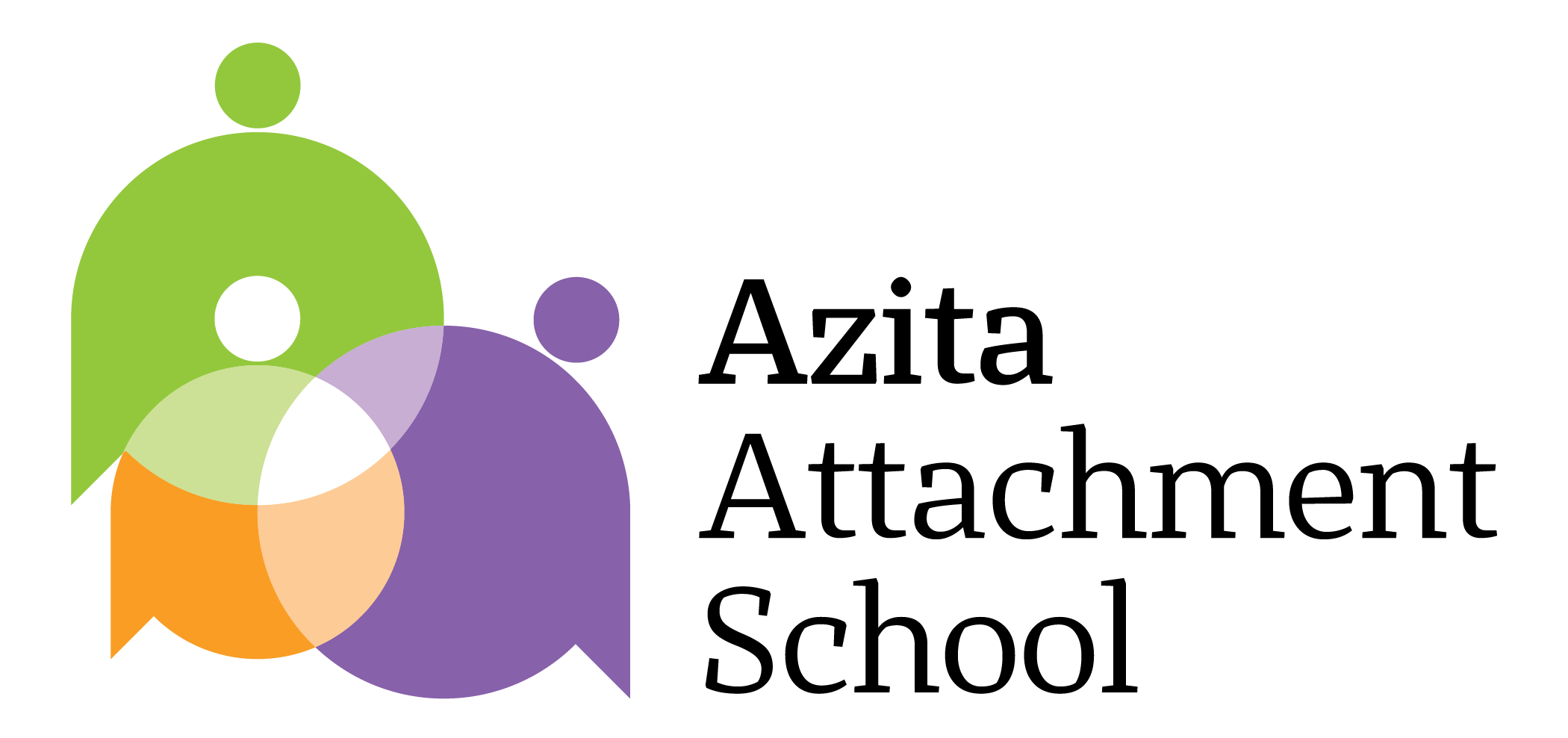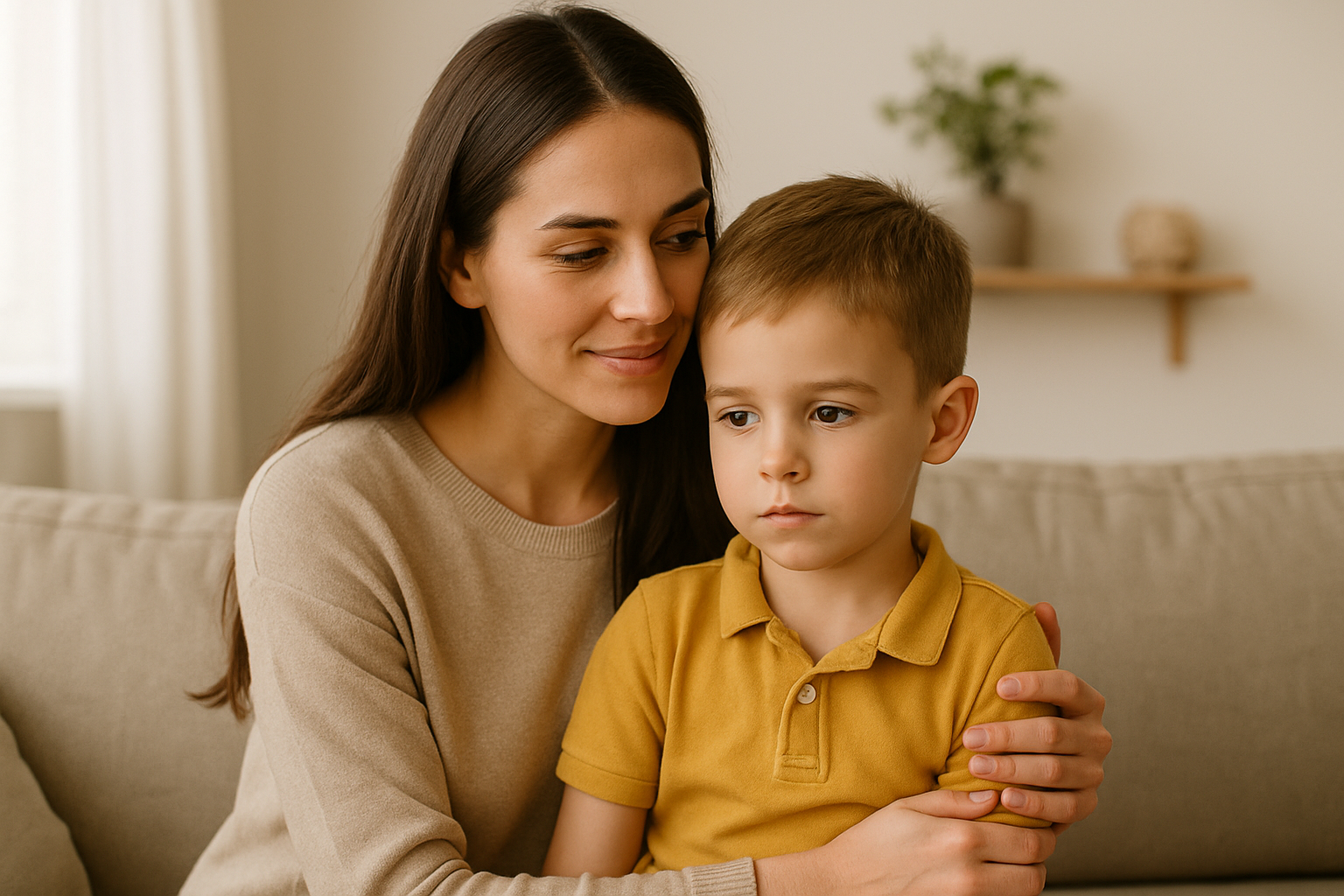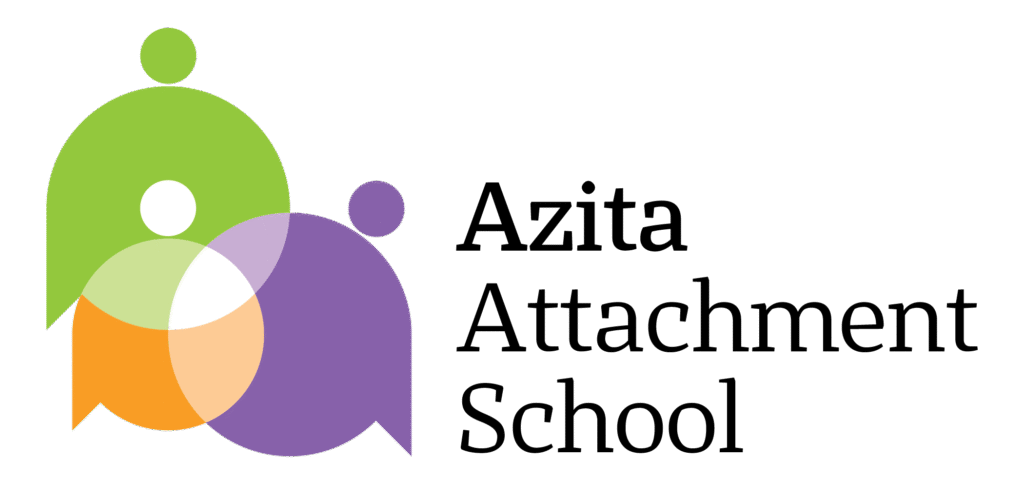Attachment Theory, founded by John Bowlby, remains one of the cornerstones of developmental psychology and parenting. This article explores the core principles of the theory and its modern-day applications in the parent-child relationship.
Introduction
Imagine a child who feels calm in their parent’s arms, becomes distressed when separated, and lights up with joy upon return. These seemingly simple behaviors are rooted in deep psychological foundations. Attachment Theory seeks to explain these fundamental emotional bonds. But why does a theory introduced in the mid-20th century still matter so much in the 21st?
Part 1: The Birth of a Theory – A Look at John Bowlby
John Bowlby, a British psychiatrist and psychoanalyst, founded Attachment Theory. Contrary to the prevailing views of his time—which emphasized food and physical needs as the basis of child-parent bonding—Bowlby believed that human beings are born with an innate need for emotional connection and security. He called this bond “attachment.”
Bowlby’s Core Principles:
- Children need one or more attachment figures for survival.
- Secure attachment is the foundation for exploration, learning, and mental well-being.
- Disruption or loss of this bond can lead to anxiety, depression, or behavioral issues.
Part 2: Mary Ainsworth and the Classification of Attachment Styles
Bowlby’s prominent student, Mary Ainsworth, developed the “Strange Situation” experiment, which identified different attachment styles in children:
- Secure
- Insecure-Avoidant
- Insecure-Ambivalent (Resistant)
- (Later added) Disorganized
These classifications help us understand why some children separate and reunite with ease, while others cling or appear emotionally distant.
Part 3: Why Attachment Theory Still Matters Today
- In Parenting: Understanding attachment styles helps parents respond more consistently, consciously, and empathetically.
- In Education: Preschool educators and teachers can better meet children’s emotional needs.
- In Mental Health: Many emotional and behavioral patterns trace back to early attachment experiences.
- In Neuroscience: Brain research by experts like Daniel Siegel shows that attachment-based interactions shape a child’s brain development.
Conclusion
Attachment Theory is not just a scientific model—it’s a guide to fostering more humane relationships. For parents, educators, and school counselors, understanding this theory provides powerful tools to nurture a generation with emotional resilience and psychological security.
Recommended Read:
“Attachment Styles in Children and Parents: A Practical Guide for Early Recognition”


